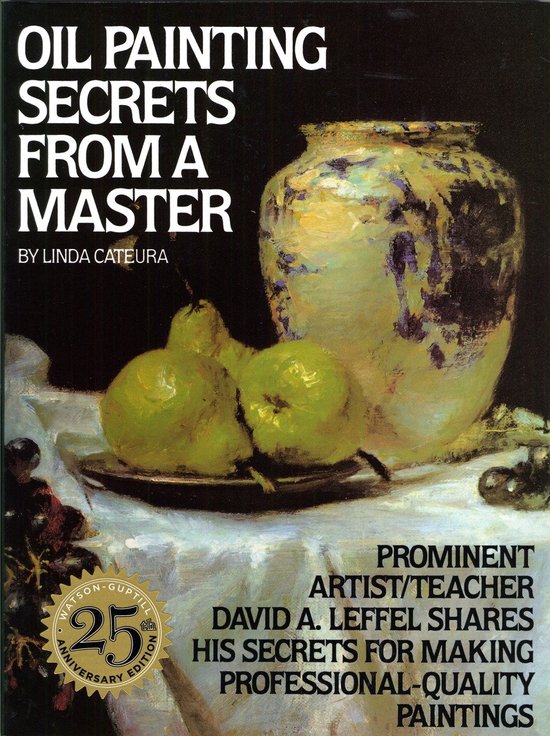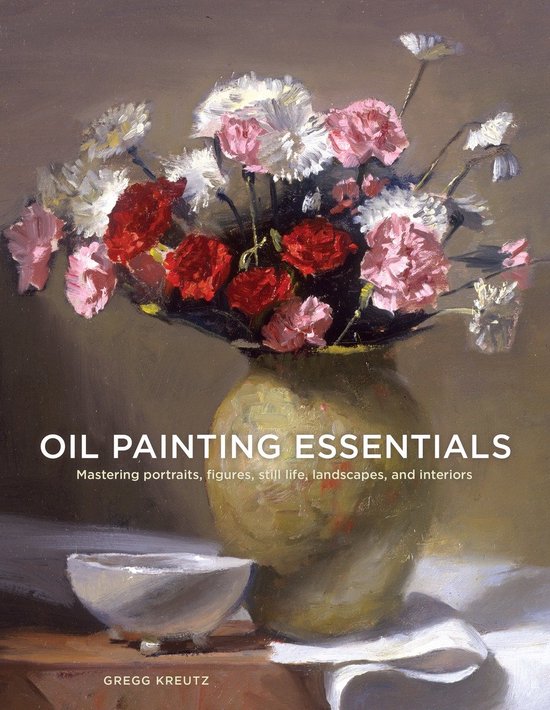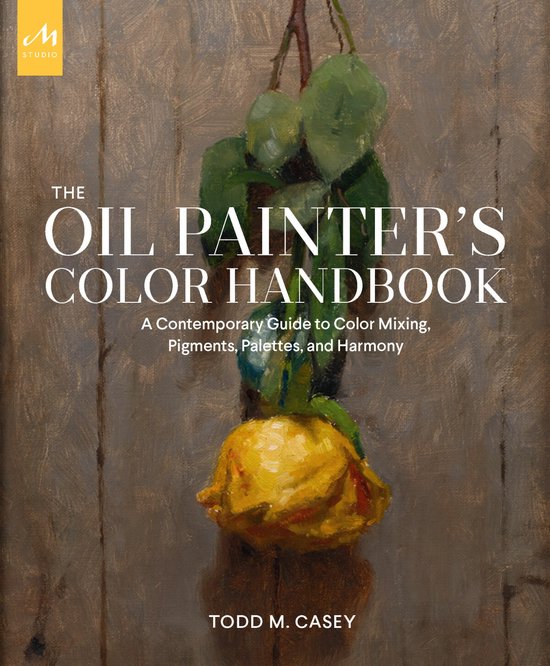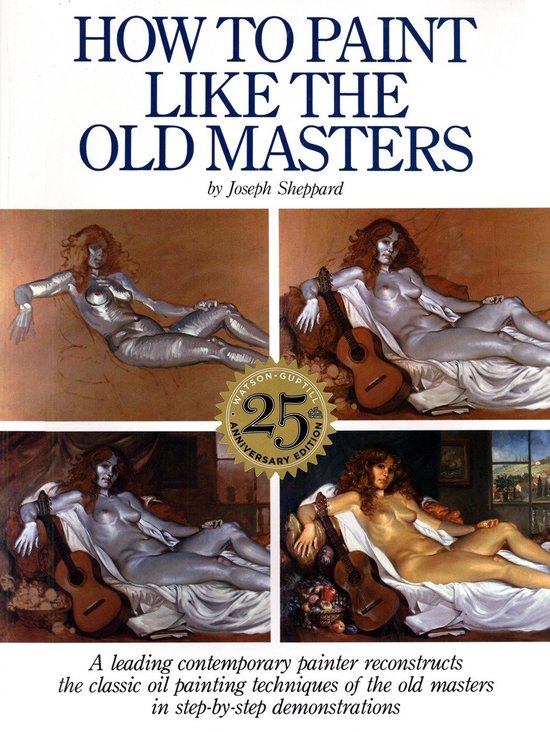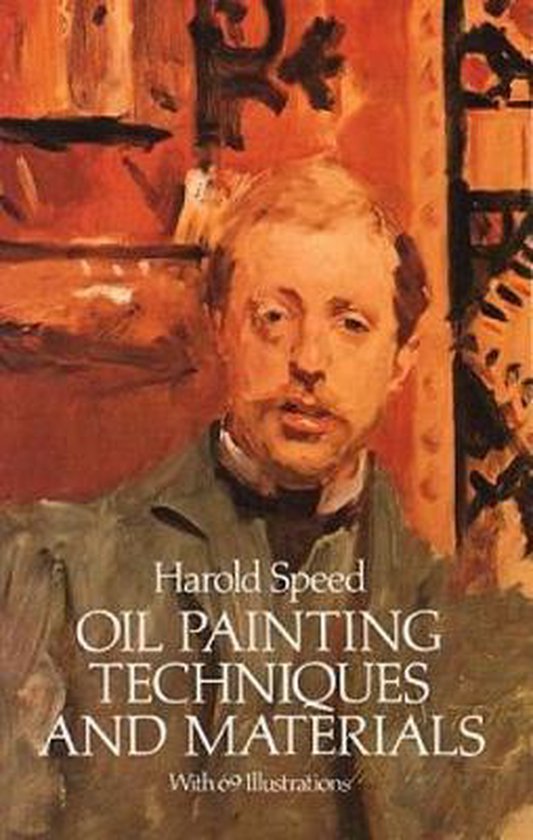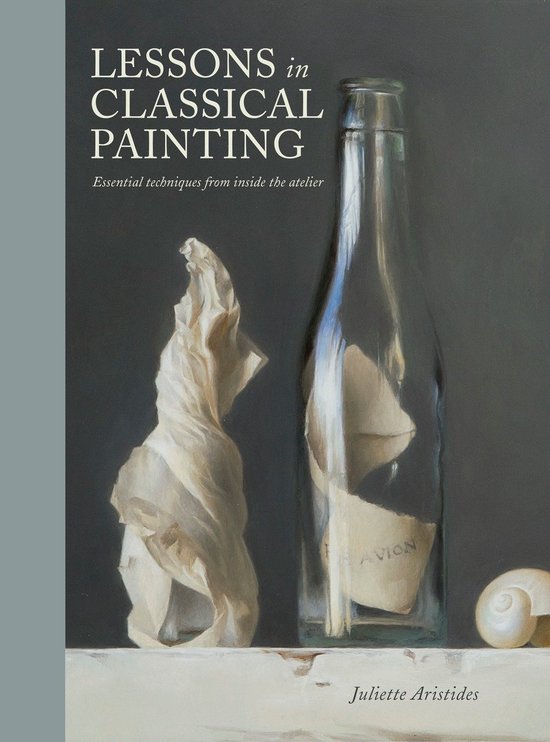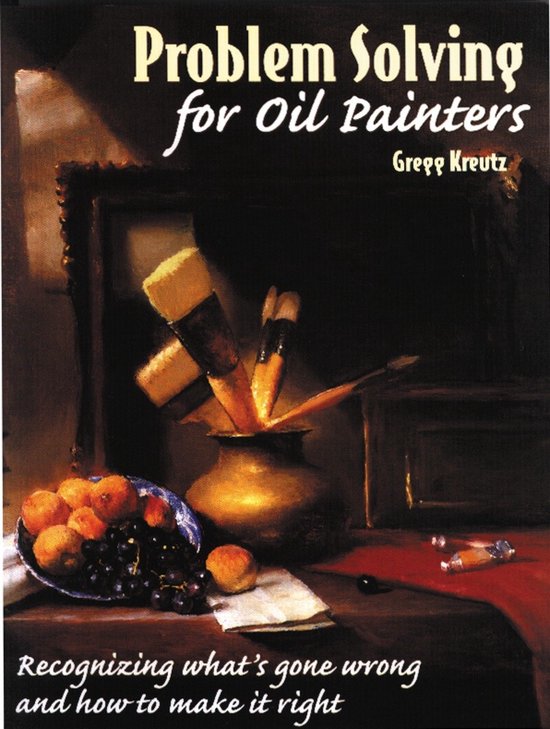
Problem Solving For Oil Painters
Nine common trouble-spots in oil painting are identified in this book, and readers are helped to locate their own problem areas and avoid them in future.
Finally - a book to help you solve all your painting problems!
Inside you'll learn how to study a painting and correct problematic areas. Study topics include:
Ideas
- Is there a good abstract idea underlying the picture?
- What details could be eliminated to strengthen the composition?
- Does the painting have a focus?
- Are the unessential parts subbordinated?
- Does the painting "read"?
- Could you finish any part of the painting?
Shapes
- Are the dominant shapes as strong and simple as possible?
- Are the shapes too similiar?
Value
- Could the value range be increased?
- Could the number of values be reduced?
Light
- Is the subject effectively lit?
- Is the light area big enough?
- Would the light look stronger with a suggestion of burnout?
- Do the lights have a continuous flow?
- Is the light gradiated?
Shadows
- Do the shadow shapes describe the form?
- Are the shadows warm enough?
Depth
- Would the addition of foreground material deepen the space?
- Does the background recede far enough?
- Are the halftones properly related to the background?
Solidity
- Is the underlying form being communicated?
- Is the symmetry in perspective?
Color
- Is there a color strategy?
- Could a purer color be used?
- Do the whites have enough color in them?
- Are the colors overbended on the canvas?
- would the color look brighter if it were saturated into its adjacent area?
Paint
- Is your palette efficiently organized?
- Is the painting surface too absorbent?
- Are you using the palette knife as much as you could?
- Are you painting lines when you should be painting masses?
- Are the edges dynamic enough?
- Is there enough variation in the texture of the paint?
Finally - a book to help you solve all your painting problems!
Inside you'll learn how to study a painting and correct problematic areas. Study topics include:
Ideas
- Is there a good abstract idea underlying the picture?
- What details could be eliminated to strengthen the composition?
- Does the painting have a focus?
- Are the unessential parts subbordinated?
- Does the painting "read"?
- Could you finish any part of the painting?
Shapes
- Are the dominant shapes as strong and simple as possible?
- Are the shapes too similiar?
Value
- Could the value range be increased?
- Could the number of values be reduced?
Light
- Is the subject effectively lit?
- Is the light area big enough?
- Would the light look stronger with a suggestion of burnout?
- Do the lights have a continuous flow?
- Is the light gradiated?
Shadows
- Do the shadow shapes describe the form?
- Are the shadows warm enough?
Depth
- Would the addition of foreground material deepen the space?
- Does the background recede far enough?
- Are the halftones properly related to the background?
Solidity
- Is the underlying form being communicated?
- Is the symmetry in perspective?
Color
- Is there a color strategy?
- Could a purer color be used?
- Do the whites have enough color in them?
- Are the colors overbended on the canvas?
- would the color look brighter if it were saturated into its adjacent area?
Paint
- Is your palette efficiently organized?
- Is the painting surface too absorbent?
- Are you using the palette knife as much as you could?
- Are you painting lines when you should be painting masses?
- Are the edges dynamic enough?
- Is there enough variation in the texture of the paint?
| Auteur | | G Kreutz |
| Taal | | Engels |
| Type | | Paperback |
| Categorie | | Kunst & Fotografie |
